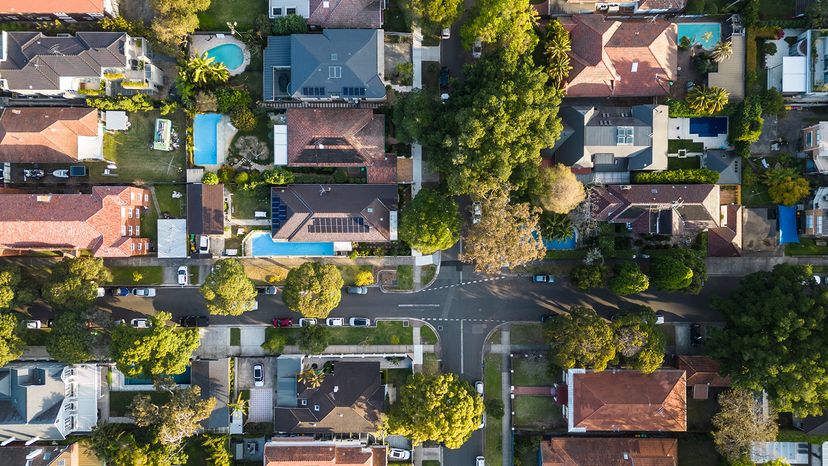There are many different roof types to fit homeowners' specific needs and tastes.
1. Hip Roof
Hip roofs slope on all four sides, meeting at a ridge. This design provides stability and excellent resistance to high winds. Hip roofs are common in both residential and commercial buildings.
2. Gable Roof
The gable roof is one of the most common and recognizable roof types. It features two sloping sides that meet at a central ridge, forming a triangular shape. Classic gable roofs are simple and have effective rainwater drainage.
3. Dutch Gable Roof
Combining elements of both gable and hip roofs, the Dutch gable roof features a gable with a small hip at the top. This design provides additional interior space and adds a touch of architectural flair.
4. Mansard Roof
Mansard roofs, also known as French roofs, have two different slopes, one of which is steeper than the other. Often seen in historic buildings, the mansard style allows for maximum use of attic space.
5. Flat Roof
Flat roofs are modern and minimalistic, offering a clean and sleek appearance. While they lack the traditional slope, flat roofs are versatile and work well for recreational spaces, solar panel installations or as part of contemporary architectural designs.
6. Shed Roof
Shed roofs have single-sloping roofs that are ideal for creating additional space or covering an extension. It is simple in design and a popular choice in modern architectural styles.
7. Gambrel Roof
Recognizable by their barnlike appearance, gambrel roofs have two slopes on each side, with the lower slope steeper than the upper one. This barn roof-style design maximizes interior space.
8. Butterfly Roof
Butterfly roofs feature two slopes that meet at the center, creating a V-shape reminiscent of butterfly wings.
9. Dormer Roof
Dormer roofs are structures projecting from a sloping roof, creating additional windows and enhancing the aesthetic appeal of the building.
10. Sawtooth Roof
Commonly found in industrial buildings, sawtooth roofs consist of a series of ridges with vertical glass panes. This design maximizes natural light and is energy-efficient.
